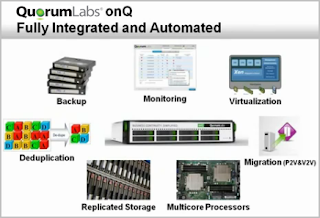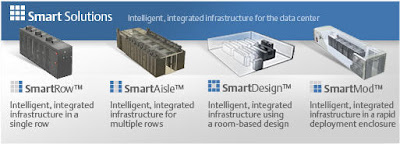As a Data Center Design & Build company with a focus on energy efficiency services and energy efficient solutions, PTS Data Center Solutions is always looking for the next great technology that improves data center efficiency. We think we've found a solution worth considering to improve the performance of your cooling systems.
Powertron Global™ offers PermaFrost NMR™ Refrigeration Solutions in synthetic and non-synthetic formulations. PermaFrost Nucleo Molecular Regenerative (NMR) technology was designed to improve the performance for any A/C, refrigeration system, or heat pump without modification or alterations.
Powertron Global™ offers PermaFrost NMR™ Refrigeration Solutions in synthetic and non-synthetic formulations. PermaFrost Nucleo Molecular Regenerative (NMR) technology was designed to improve the performance for any A/C, refrigeration system, or heat pump without modification or alterations.
PermaFrost NMR has
been deployed for clients to improve energy efficiency in a 16-ton Liebert
Computer Room Air Conditioning (CRAC) unit supporting mission critical data
center operations.
For one such deployment, the improved/restored efficiency
attributable to PermaFrost NMR was substantial. Overall efficiency improved by
13.5% and the EER improved by
20.4%. There was an increase in
coil capacity of 25,920 in Btuh which equates to gaining more than 2-tons of
capacity or 15.7%. There is also an improvement of 2.1 degrees F in Delta T
(difference between supply and return air) and an overall reduction in kWh and
Watts per ton of 16.9%.
For data center use,
PermaFrost NMR is available for Direct Exchange (DX) and Chiller
units. Contact PTS to learn more.
























